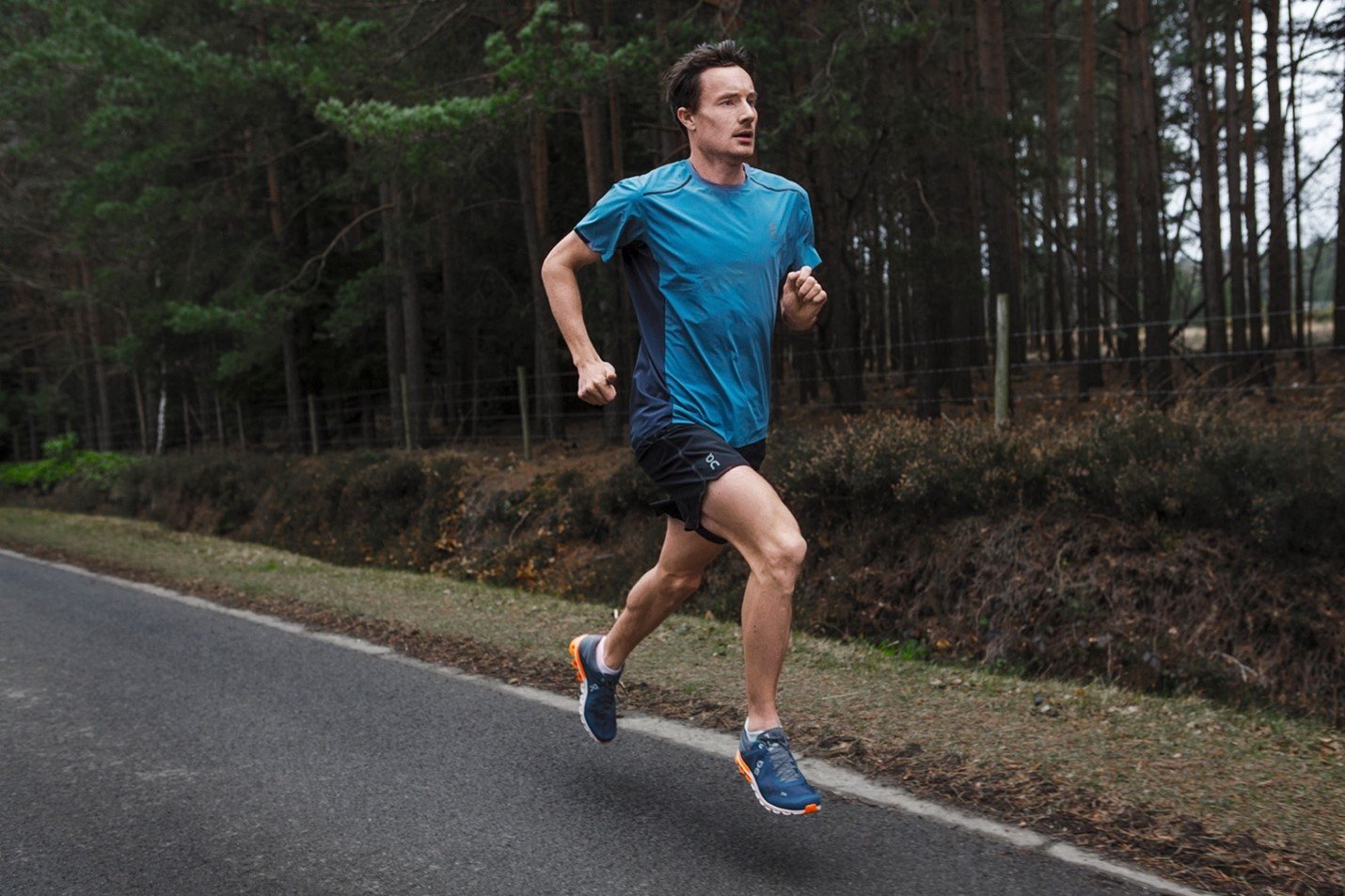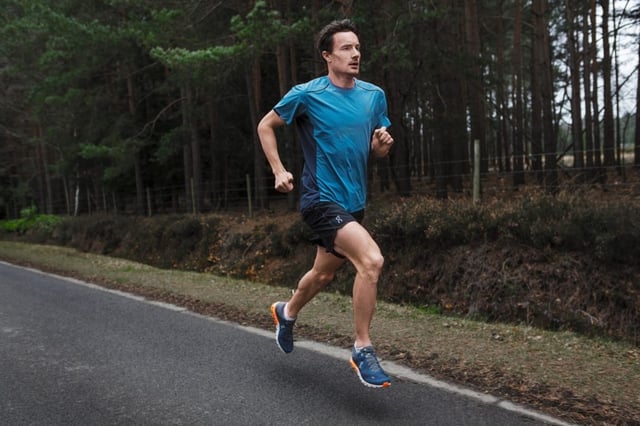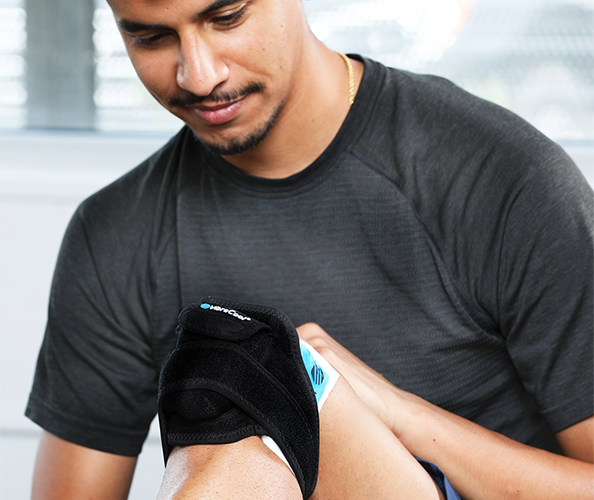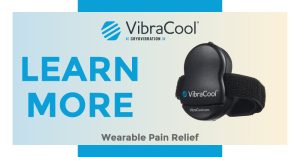Blog

Get in Shape with Running!
Exercise is an effective way to get in shape on the outside, and lower blood pressure and improve heart vitality on the inside! Exercise comes in many shapes and forms. Running is one form that will challenge you. If you have never run before, you may want to start with a progressive walking program, 15 minutes 3x week. When this is an easy task, you’re ready to run. To run efficiently and achieve results, you need a plan.
First, you need a nice pair of running shoes. Spend the time with a running store to understand how your feet need the proper support and to get the right kind of shoes for the level of exercise you plan on doing.
Once you get your sneakers, begin with 5-10 minutes of running at an easy pace. Practice getting your whole body involved, swinging your arms and moving your upper torso as you go.
Next, increase your time and distance. Start with running one time a week, then increase to two or three. Jeff Galloway endorses a program that alternates running and walking. It is now practiced worldwide, so don’t worry if you prefer to run some and then slow your pace.
Running will challenge your musculoskeletal system, toning your body, creating a lean torso and physique. Watch that you don’t overdo it!

Watch overdoing it!
Two common injuries to new runners include Iliotibial Band (ITB) Syndrome and knee tendonitis. In ITB, connective tissue that attaches to the outside knee and hip become inflamed. With ITB syndrome, there is pain that is felt outside of the knee due to the repeated friction of the connective tissue over the bone. With knee tendonitis, the tendon become irritated due to the increased load and microtrauma the tendon repeatedly is exposed to. This leads to inflammation and pain.
To avoid developing either ITB syndrome or knee tendonitis, both conditions that stop your running before you’ve really really gotten into it, follow this advice. Learn more about ‘Power Over Pain at Home.’
First, begin with a running program that includes running with no more than 2-3x week. Why?
Running more often can lead to developing an overuse injury. An overuse injury is a term used to describe an injury that occurs from tissue damage resulting from repetitive demand over a period of time. Give your body a chance to recover between workouts and try using M-STIM® (mechanical stimulation) with ice technology.
Second, stretch your body both before and after your run. Stretching your muscles will leave you feeling fresh, invigorated, and flushes lactic acid out of the muscles, preventing delayed onset muscle soreness. Third, change your running shoes every 6 months or 500 miles and alter your running path. Finally, incorporate weight training. Weight training will compliment your running program, making you stronger, and will improve your running endurance and running efficiency. Examples of weight training include body weight squats, lunges, reverse lunges, and shoulder side raises.
An alternative option for pain care management and sport injuries
If you develop pain in your knee or thigh, ice the area and rest. Another option is VibraCool®. Vibration in a specific frequency, also called mechanical stimulation (M-Stim®), separates muscle fibers and improves blood flow. A timed thin intense ice pack then reduces the inflammation. Most therapists recommend using the M-Stim alone for 5 minutes before a workout, then using the ice and vibration after a workout to help warm up the tight muscle. For knee pain or ankle pain or injuries, place the unit directly where you hurt for 20 minutes, repeating as needed.
VibraCool is intended for knee or ankle pain, tendonitis, bruises, strains, and muscular injuries. VibraCool features comfortable, adjustable compression, which is easy to use. The Oscillice® technology blocks the pain on contact, reduces stiffness and speeds healing. Providing you no muss or fuss, VibraCool can help you get you back to the things you love!
By Chris Gellert, PT, MMusc & Sportsphysio, MPT, CSCS, C-IASTM, NASM-CPT

